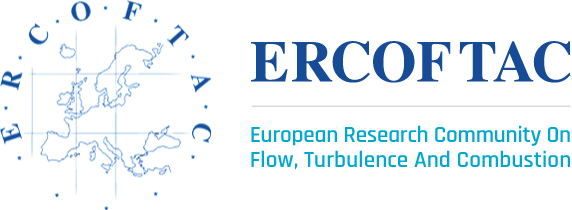5th - 6th September 2024
Rostock Warnemünde, Albert-Einstein-Str. 2, 18059 Rostock, Germany
Research on flow-induced blood damage in rotating systems is the main topic of the Institute of Turbomachinery (ITU) at the University of Rostock. In order to promote international research, we invite the “Biomedical Fluid Mechanics” community to a workshop, to discuss current research on flow-induced blood damage with special focus on rotating systems. We will discuss theoretical approaches to blood damage mechanisms and their application to rotating blood pumps and ECMO.
Registration is open now!
More information and Registration: https://www.bdw.uni-rostock.de/
Organisers:
Prof. Dr.-Ing. Frank-Hendrik Wurm
Dr.-Ing. Benjamin Torner
Institute of Turbomachinery, University of Rostock, Germany
New Important Dates:
Abstract submission:
https://www.bdw.uni-rostock.de/call-for-abstracts/
Submission of abstracts closes: 30th June 2024
Fee Structure:
Early Bird fee is €200 - valid until 31st May 2024
Registration fee is €250 - after 1st June 2024
ERCOFTAC members discount fee - €200
Reduced fee for ERCOFTAC members. All participants will receive all presented and generated scientific results after the workshop.
The workshop is focused on:
- the numerical treatment of blood flow in rotating flow systems,
- the experimental detection of blood damage and the transition to numerical blood damage models,
- the numerical blood damage prediction in rotating systems, and numerical flow optimization in rotating blood pumps, e.g. for clinical or industrial applications.
The first edition of the workshop took place in 2019, the second edition in 2022 and the last edition in 2023. All events provided a successful platform for the relevant research community. The workshop was attended by participants from Australia, China, UK, Czech Republic, Sweden, Italy, Germany and Rumania. The university participants represented biorheology, physics of cell damage and flow-induced stresses on cells in rotary blood pumps and ECMO. During the workshops we discussed the state of the art approaches to blood damage modelling and ongoing research projects.
Highlights of last year's workshop were presentations by Prof Michael Simmonds, Griffith University, Australia and Dr Katharine Fraser, University of Bath, UK: "Thrombosis Testing in the Real World: Challenges and Clinical Relevance" and "Multispecies Modelling of Thrombosis Potential in Blood Contacting Medical Devices".
The industry partners provided a very interesting insight into the problems caused by haemolysis testing in the real world. Berlin Heart (Germany) and Real Heart (Sweden) participated in last year's workshop. Faisal Zaman (RealHeart) presented "Impact of Connector Design and Influence of Anticoagulant on in vitro Hemolysis Testing of Artificial Heart Pumps".
For this year, we will try to get more speakers from industry to ensure a stronger exchange between the Academy and industry during the workshop. We also plan to intensify the discussion rounds on test cases, collaborations and research data exchange.
A special feature of the two-day workshop is that it is exclusively specialized on the topic of »flow-induced blood damage in rotating systems«. This topic is often limited to one session with just four presentations at classical conferences (ESAO/ASAIO). Therefore, one main reasons for organizing the workshop was to realize a free, long-lasting and open exchange of knowledge and problems regarding research in »flow-induced blood damage in rotating systems«. The aim is to tackle and discuss these problems together. Therefore, the focus of the workshop lies on the discussions, and there exists a time window of 20 minutes after every presentation for discussing problems, which were stated in every presentation. This is also in contrast to the classical conferences, like the ESAO conferences. Here, the discussions are reduced to 5 minutes, which may reduce the scientific exchange in the organizer’s opinion.
Full programme will be available in due course.


